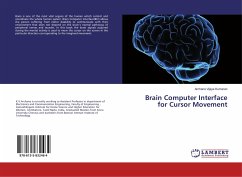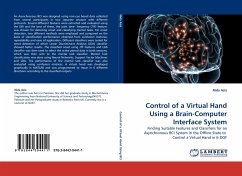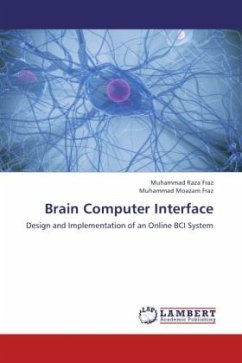A brain-computer interfaces (BCI) directly uses brain-activity signals to allow users to operate the environment without any muscular activation. A successful BCI system enables a person to control some aspects of his or her environment (such as lights in the room, a television, a neural prosthesis or a computer) by analyzing his or her brain signals. Specific features of the user's brain activity (or neurological phenomenon) that relate to their intent to control a device are measured. These features are then translated to control commands that are used to control the device. Three major problems in this novel technology are identifies the brain signal features best suited for communication, artifacts that can occur during the signal acquisition and translation algorithms. In this research different methods have been used for handle these components.








